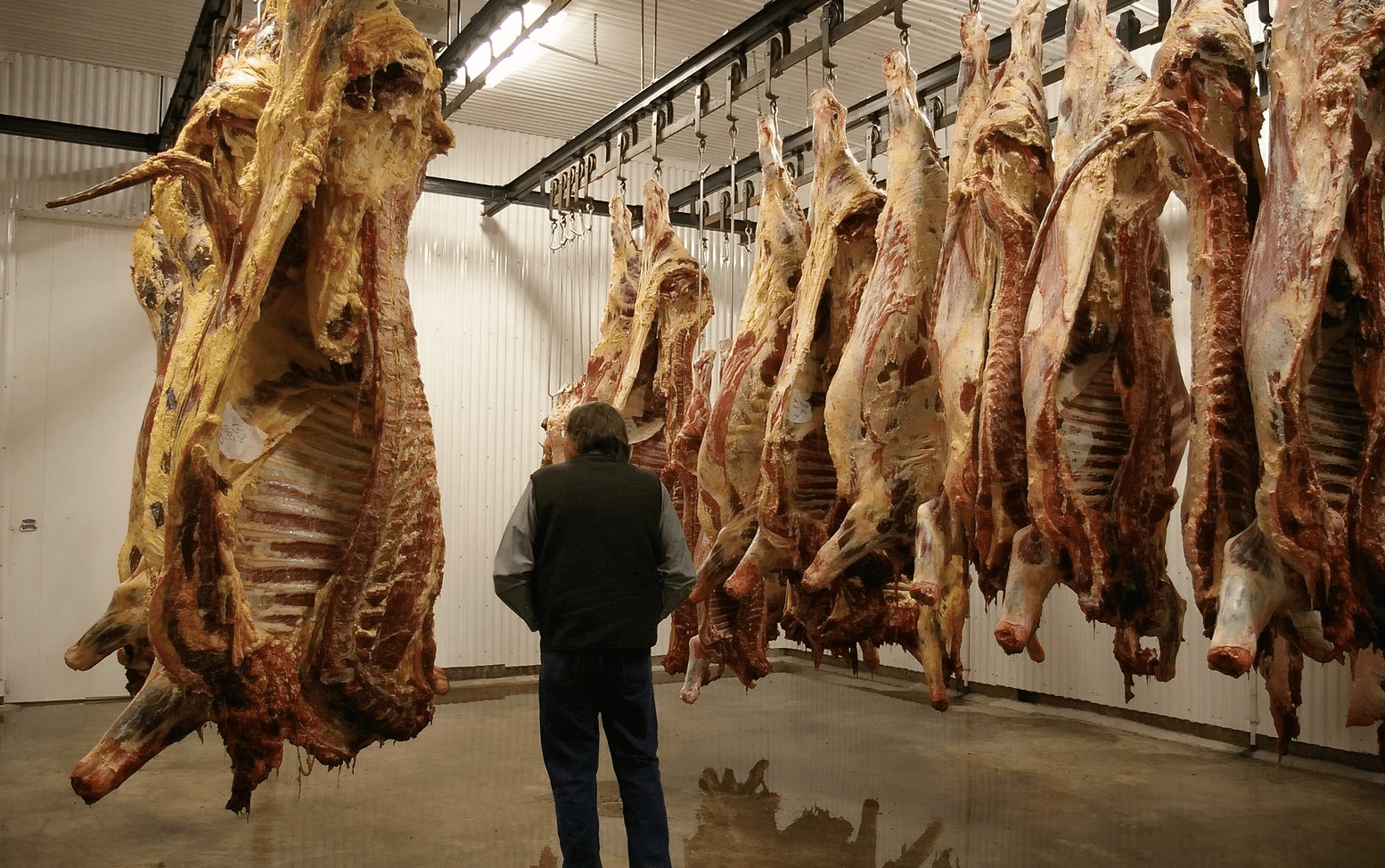theguardian.org – Meat bacteria are the likely cause of over half a million urinary tract infections (UTIs) in the US every year, a new study has found, with one of its authors warning that deaths from UTI-driven bloodstream infections could be on the rise.
The study found that of the 6-8m UTIs caused by E coli bacteria in the US every year, between 480,000 and 640,000 could be linked to strains known as FZECs, or food-borne zoonotic E coli. Women are far more likely than men to suffer from UTIs.
The British Society for Antimicrobial Chemotherapy (BSAC) estimates that about half of all women in the UK will have at least one UTI in their lifetime.
Lance Price, one of the study’s authors and a professor specialising in antibiotic resistance at the George Washington University’s Milken Institute School of Public Health in Washington DC, said:
“People are carrying the strain of E coli that causes the UTI in their gut, so the bacteria has travelled from the anus [into the urinary tract to cause the infection],”
However, he added:
“Our question was: how did the E coli that caused the UTI get into the gut in the first place?”
Whether the food-borne E coli are found on plant or meat products, their source is generally livestock, Price said.
While UTIs are often considered no more than a painful annoyance, Price said the bladder can act as a gateway to the bloodstream for E coli, via the kidneys, causing much greater risks.
In the US, E coli bloodstream infections kill between 36,000 and 40,000 people every year. In the UK, BSAC describes UTIs as “the leading source of bacterial bloodstream infections” and a “chronically neglected area of infectious diseases”.
Price warned that as E coli, already resistant to some antibiotic treatments, became resistant to more antibiotics …



